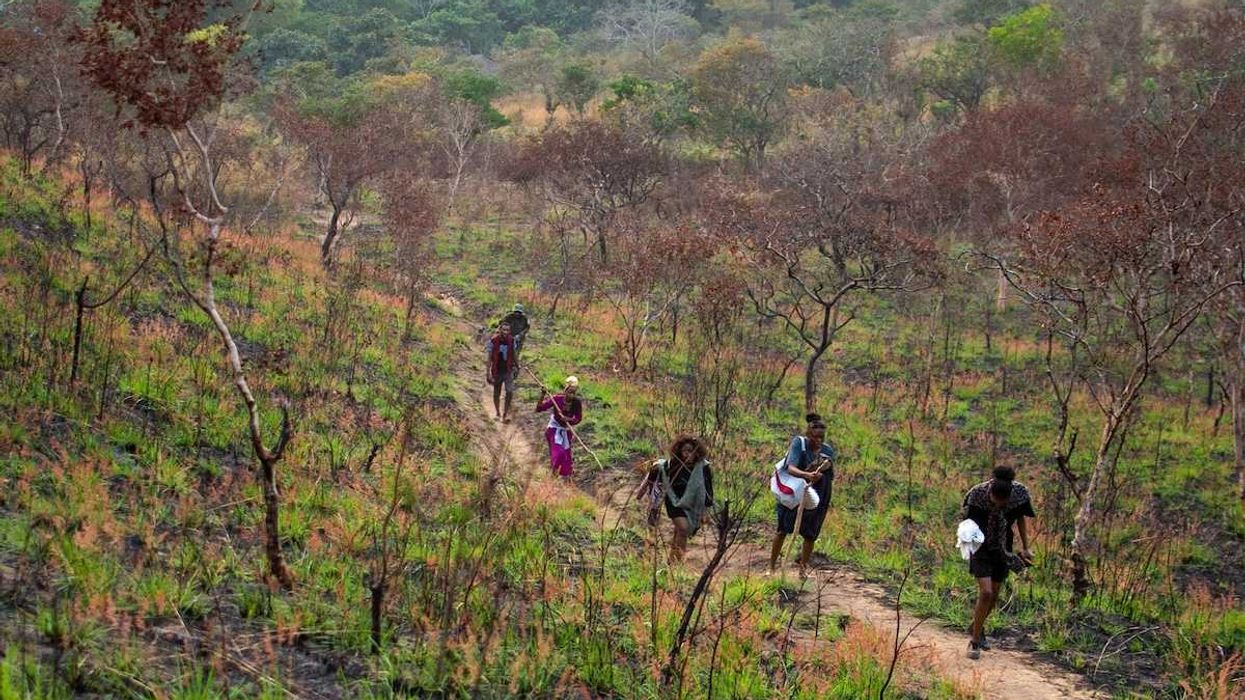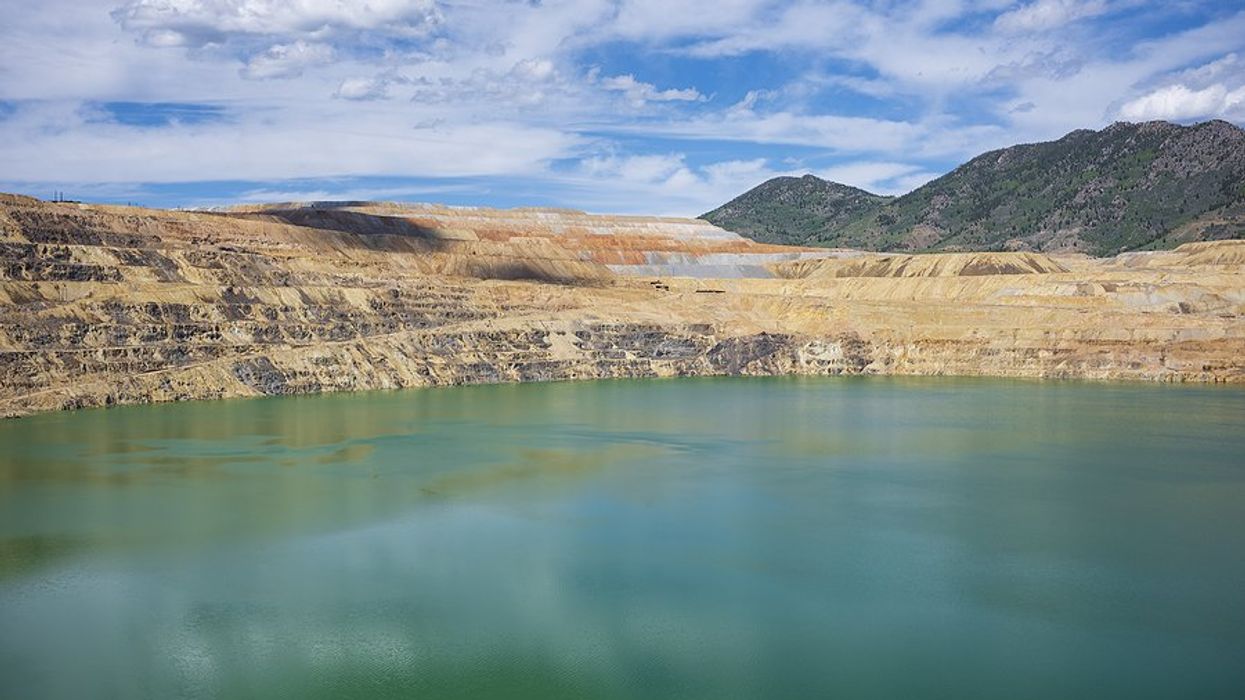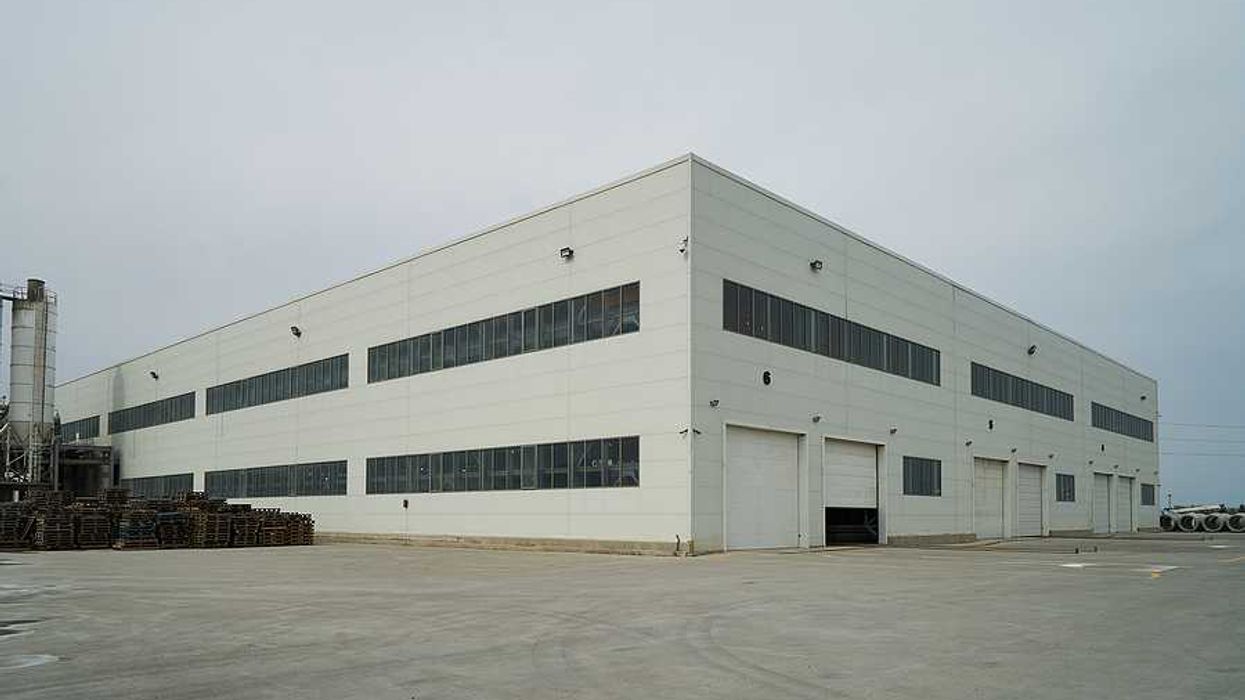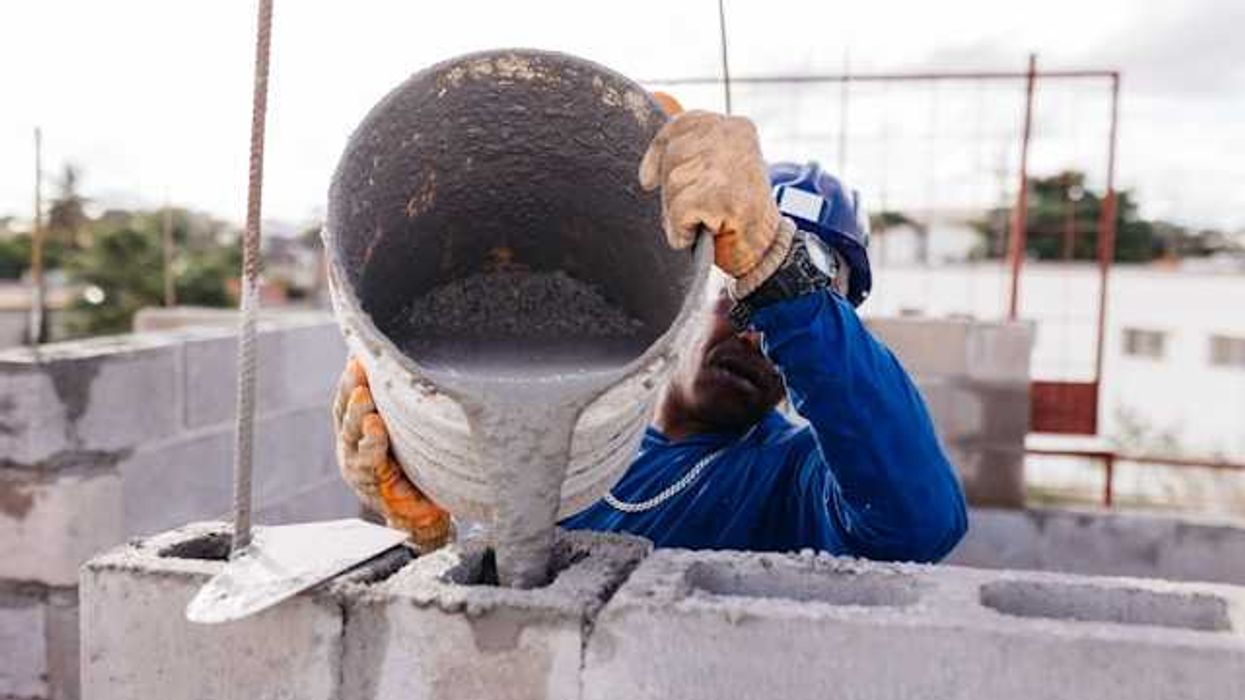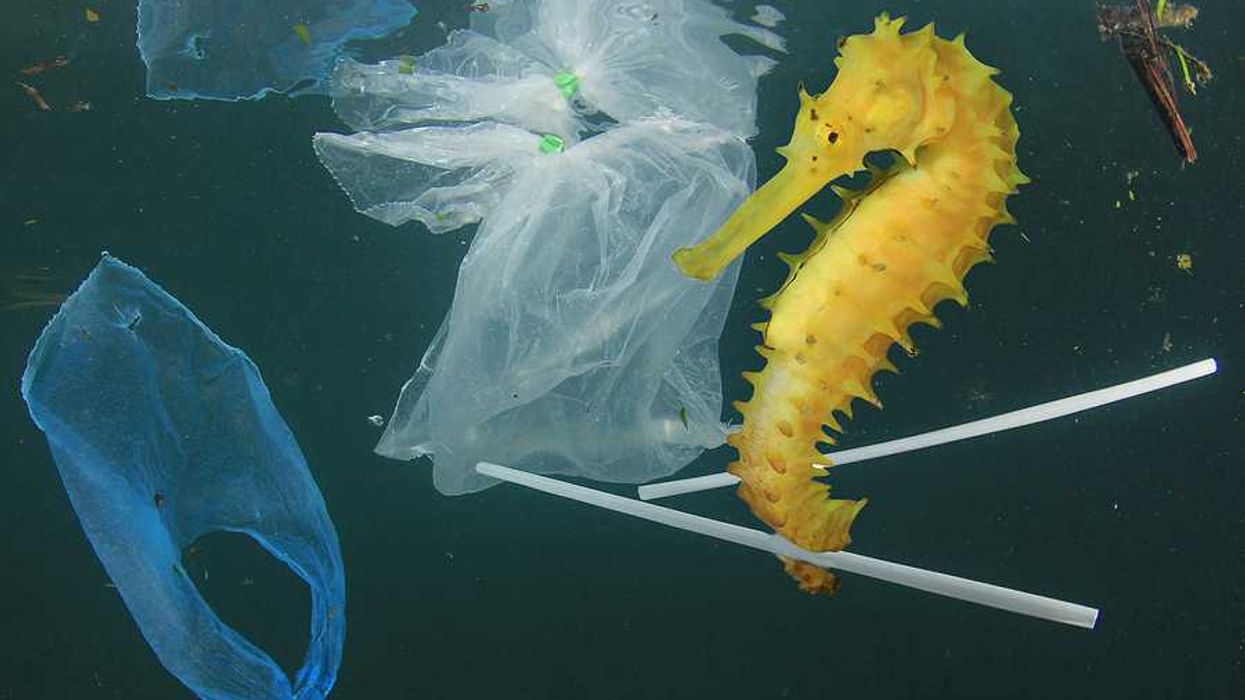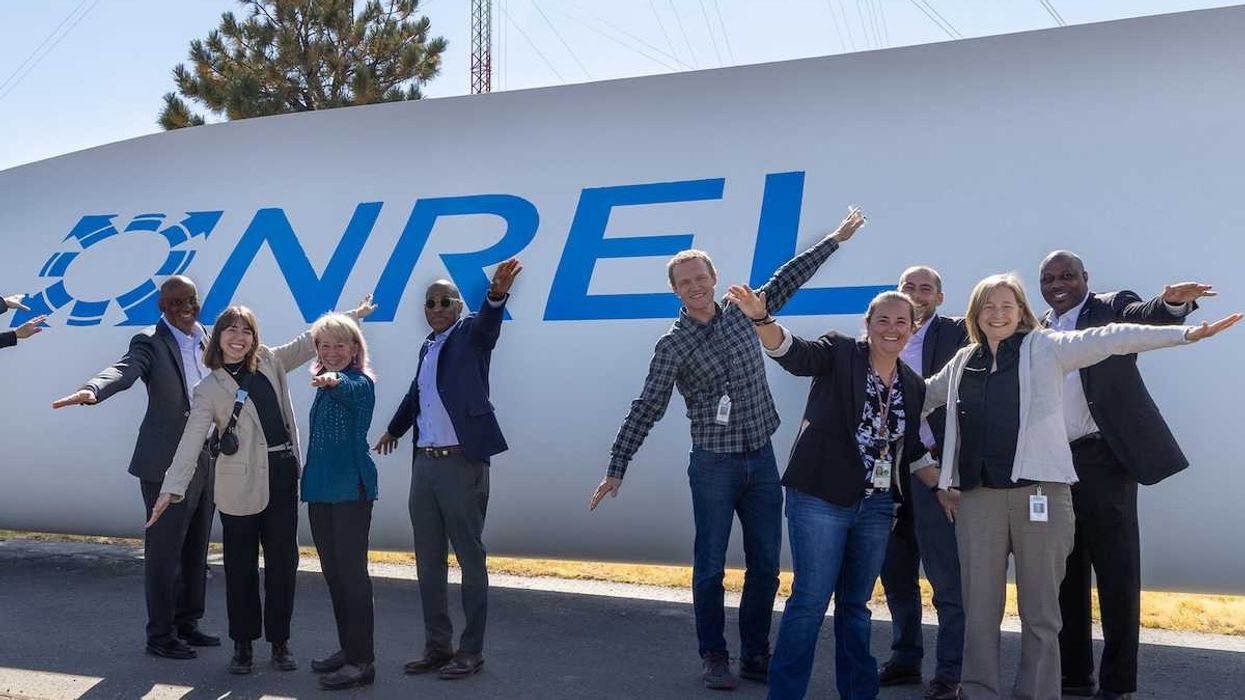A fire at the Piñon Midstream Dark Horse plant in New Mexico revealed how carbon capture operations intended to combat climate change can end up producing more pollution while receiving substantial taxpayer-funded subsidies.
Sharon Kelly reports for DeSmog.
In short:
- The fire at Piñon Midstream’s plant exposed the risks associated with processing “sour gas,” a dangerous mix of methane, carbon dioxide and hydrogen sulfide.
- Despite the environmental damage, the facility may still claim up to $255 million in carbon capture tax credits in the next 12 years.
- The EPA approved the project’s monitoring plan just seven months after the fire.
Key quote:
“If your purpose in encouraging CO2 injection is to reduce the amount of CO2 that’s going into the air, it’s counterproductive to subsidize an industry that’s going to produce more oil and gas and put more CO2 into the air.”
— Preet Bains, research analyst for the Environmental Integrity Project
Why this matters:
Carbon capture projects like Dark Horse are marketed as climate solutions but can paradoxically lead to increased fossil fuel production and higher emissions. Taxpayers may unknowingly fund these projects, which contradict broader climate goals.
Related: 30 environmental advocacy groups ask PA governor to veto carbon capture bill






